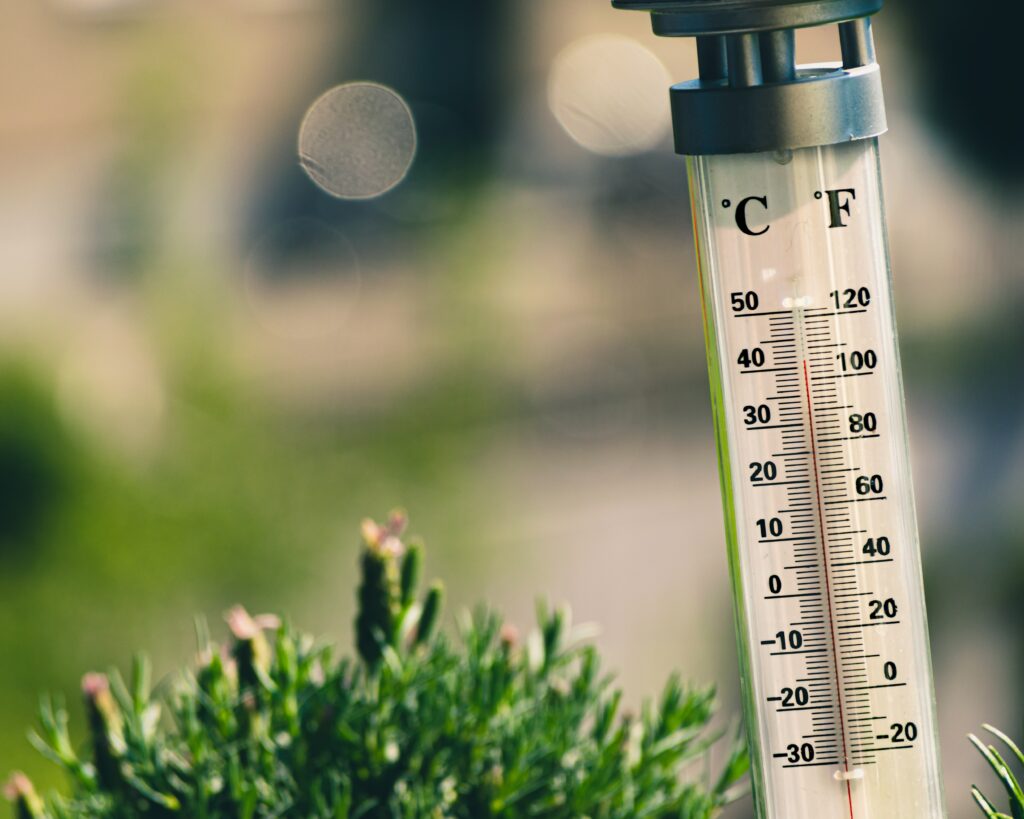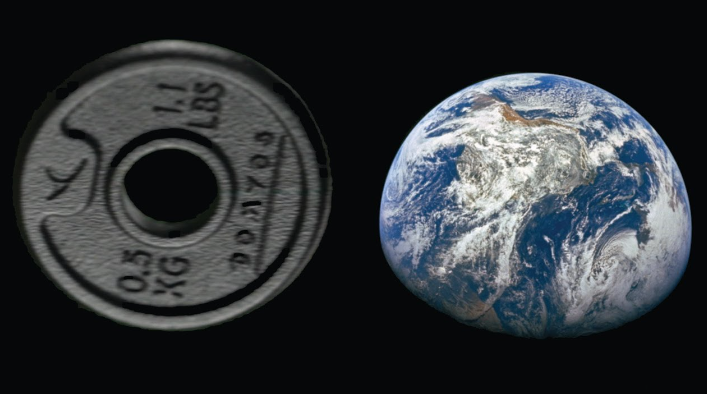What is density?

It is the relationship between the mass of a substance (or a body) and its volume. It is an intrinsic property of matter, since it does not depend on the amount of substance that is considered. Due to the little cohesion between their particles, gases generally have less density than liquids and liquids have less density than solids.
The density of matter is often associated with the story of the Greek philosopher Archimedes, who was charged with the task of determining whether their king’s crown had been forged using pure gold or if it had been made from an alloy with other metals. During an immersion bath, Archimedes realized that he could calculate the volume of the crown by submerging it in water and measuring the displacement of the liquid, without having to melt or break it, and that by knowing the density of gold (which is a constant) he could then weigh the crown and determine (using the formula) whether it was pure gold or an alloy (the density of gold would have varied by mixing it with other metals).
Density can be defined in several ways:
- Density or absolute density. It is the relationship between the mass and volume of a substance, whether solid, liquid or gas.
- Relative density. It is the ratio of the density of one substance to the density of another substance.
- Bulk density. It is applied to porous materials, which may have air or other substances incorporated between their pores. It is calculated in a similar way to density, but the air mass of the substance occupying the pores must be added. It is also necessary to increase the volume of the substance, incorporating the volume occupied by the substance occupying the pores.
What do you think if we get down to work and carry out the following experiment together? Let’s learn more about density by practicing!





Responses